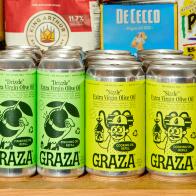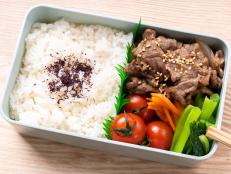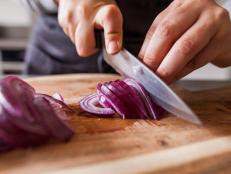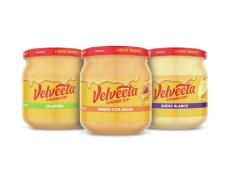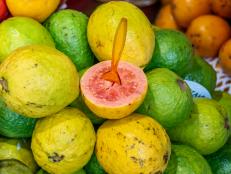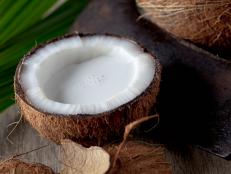The Diverse Cuisine of Southeast Asia
Southeast Asia is a diverse and fascinating cultural crossroads that forms both a geographic a culinary link between Asia and the Indian subcontinent. Traditional Southeast Asian recipes incorporate the organizing principals of Chinese cuisine and the complex flavors derived from Indian herbs and spices. Food can be sweet, sour, salty, spicy and bitter all in the same bite. Through modern influences, the area has also embraced certain aspects of Colonial French cuisine, and to a lesser extent, Spanish and American cooking.
Although the foods of Vietnam, Cambodia, Laos, Burma (Myanmar), Indonesia, The Philippines, Thailand and Malaysia share core similarities, there are also significant regional differences. While Thai food, for example, is often characterized as sweet and spicy, Vietnamese food is considered light and refreshing and Filipino cuisine is heavy in comparison.
A Typical Southeast Asian Meal
Most Southeast Asian meals are served "family style," rather than as a series of courses. All dishes are set on the table and guests are encouraged to take a little bit of everything. Rice—commonly long-grain white rice in individual bowls—is used here as it is in China: a neutral "canvas" on which other flavors and textures are enjoyed. Vegetables and a protein or two are often accompanied by a communal broth for sipping and cleansing the palate throughout the meal. A cup of hot tea is often sipped at the end of the meal to aid digestion.
The ideal Southeast Asian meal is made up of mostly vegetables, rice and broth, with a little protein to add flavor and a satiating quality. A meal for one might be rice, a grilled fish and some pickled vegetables, while a meal for two might add another vegetable dish. For four, the cook might add an extra protein such as shrimp, squid or pork. Beef, chicken and duck are costly, and tend to be reserved for special occasions.
Desserts or sweets at the end of the meal are rare in Southeast Asia, and are also reserved for special occasions such as a wedding or New Year's celebration. Because the full flavor range is covered, meals are satisfyingly sweet enough. As a result, dessert-type foods, which tend to be sweet with a salty hint on the finish, are more often had as an afternoon snack with coffee or tea. The few classic desserts that exist tend to be soups or puddings and are tapioca-, coconut-, mung bean-, or red bean-based. The French have also left their mark, and today a wide array of ice cream flavors are enjoyed by kids and grown-ups alike.
Southeast Asian Street Foods, Snacks and Quick Meals
Southeast Asian snack food is often more like a small, light and balanced meal than a sweet treat. Many are traditionally had from small street carts, a form of open air dining establishment that pervades most of Asia. Influenced by the French, sandwiches (banh mi) are often had as a quick lunch. Noodle soups are also considered snacks, or quick breakfast or lunch fare. Street vendors offer a wide variety of satay—skewered and grilled morsels—including pork, chicken, duck, shrimp, squid and more.
A Note on Pork
Pork is by far the most widely eaten meat in Southeast Asia, and if you own a pig, you're considered wealthy. Pigs are fed kitchen scraps, keeping the cost of maintaining the animal relatively low. Additionally, once slaughtered, the large animal can feed many mouths for many meals. Pig fat is rendered and used as inexpensive cooking oil to stir-fry vegetables, meat and seafood. Additionally, every part of the animal is used, from head to tail, the skin, offal, blood, meat and bones are used in cooking. Spring rolls, for example, are often fried in pork fat.












